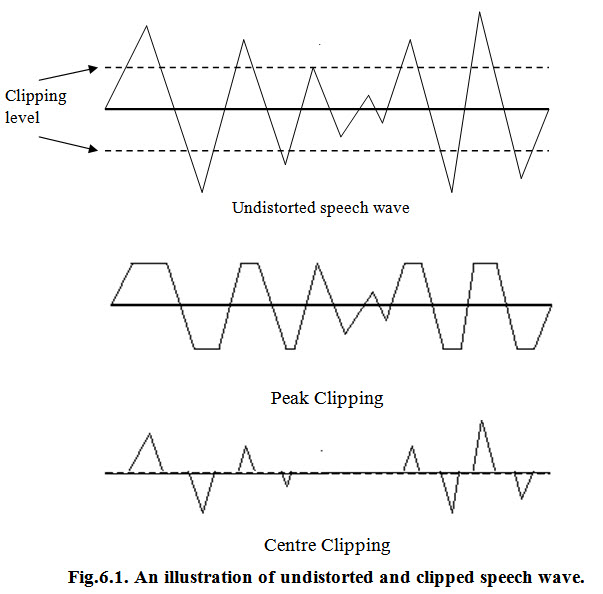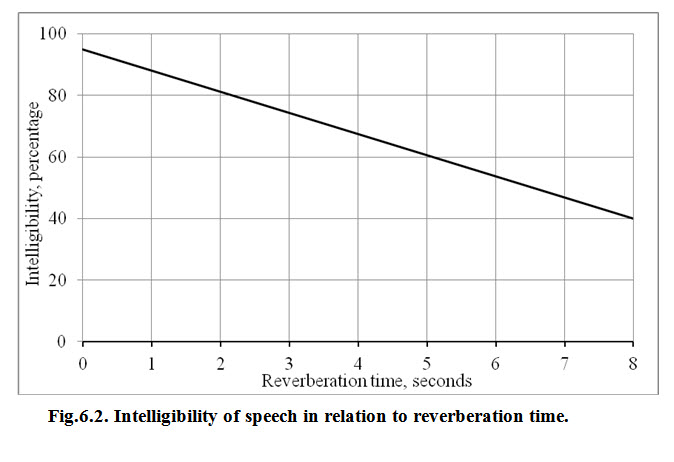Site pages
Current course
Participants
General
Module 1. Introduction to human engineering
Module 2. Human performance and responses
Module 3. Working environment and work space design
Module 4. Rehabilitation scheme and DMR Act
Topic 5
Topic 6
Topic 7
Topic 8
Topic 9
Topic 10
Lesson 6. SPEECH COMMUNICATION
6.1. Introduction
Messages are communicated by one to others either in written or spoken form and; thereby, involves visual and auditory senses. Speech communication uses various speech sounds and audio codes. Communication of messages involves at least two or more persons. To a talker, speech is an ‘output’; and, to listener(s) is an ‘input’. Mostly, speech communication is normal in its transmission and reception. However, it can be adversely affected by noise like that of an engine or tractor nearby, or by the communication aid like that of sound-speakers, radio, telephone, etc. Such concerns need due care; especially, if the message to be communicated is a critical one.
6.2. Terminology
-
Phonemes: Speech consists of speech sounds called phonemes.
-
Articulators: The phonemes are generated by articulators viz. the lips, tongue, teeth and palate. The articulators interact to interrupt or constrict the breath stream.
-
Articulation: Articulation is the process to form possible phonemes.
6.3. Characteristics of speech
When any speech phonemes or sound is generated, it produces speech waves i.e. variation in air pressure. A waveform represents variation in air pressure over time. A spectrum represents combinations of frequency and intensity of speech sound. A combination of many individual speech sounds can be represented by an overall or a continuous spectrum.
Intensity of speech: The average intensity of individual phonemes varies. Vowels have more speech power than consonants. Intensity is more if spoken loudly as compared to soft speaking.
Frequency of speech: Each phoneme has its unique spectrum of several frequencies which may differ with each individual. The pitch and loudness changes with change in circumstances like quiet conversation, yelling, warning to others, etc.
6.4. Components of speech communication
Speech communication has four components:
The message
The talker
The transmission system and environment, and
The receiver.
Each of these components has to be looked into to improve the intelligibility of speech communication.
6.4.1. The message
Under adverse conditions, such as noise, the speech messages are likely to get degraded while reaching to others. Hence, the messages should be constructed in such a way so as to have high probability of reaching without any distortion.
6.4.1.1. The vocabulary used
If a word is picked up randomly from a dictionary and communicated, then the listener might take it wrongly if it is unknown or lesser known or one out of a long list of words to him/her. However, if it is a known or expected or selected from a very limited list of vocabulary of words, then probability of guessing the right one by the listener is comparatively very high even under adverse environmental/transmission conditions.
6.4.1.2. Context of the message
Like the vocabulary used, it is also related similarly to the message. Thus; size of the context matters to correctly assume missing word in a sentence. If a known sentence is spoken, then missed word in it can be correctly guessed. Sentences are more intelligible than isolated words, and isolated words in turn are more intelligible than separate syllables.
6.4.1.3. Phonetic aspects of message components
Some speech words have high levels of speech power and; therefore, have a better chance of getting through correctly under adverse conditions.
6.4.2. The talker
Intelligibility of speech depends partly on the characteristics of talker’s speaking voice. Each and every individual talker, if asked to read same context, has his own voice quality, word’s pronunciation, speed of talk, clarity of words and accent. TV and radio anchors have a high quality and clarity of speech while communicating.
6.4.3. The transmission system and environment
Commonly used transmission system for speech communication are mike & speakers, telephones, radio, television, video clippings, audio-clippings, face to face talking, etc. These transmission systems can produce a variety of forms of distortions, such as:
1. Frequency distortion
2. Filtering
3. Amplitude distortion
4. Modification of time scale, etc.
Their knowledge can be useful for making decision about selection of communication equipment.
6.4.3.1. Effect of filters
Filters block out certain frequencies and permit only the remaining frequencies. Filtering can be unintentional or intentional in design of equipment. A ‘low pass filter’ eliminates frequencies above some level; whereas, a ‘high pass filter’ eliminates frequencies below some level. Cut off is not precisely at a specific frequency but tapers-off over a range of frequencies.
6.4.3.2. Effect of amplitude distortion
Amplitude of speech is distorted when a signal passes through a non-linear circuit. ‘Peak clipping’ clips off the peaks of sound waves and retains center form

Peak clipping does not cause major degradation of intelligibility as it clips off mainly vowels which have generally more speech power. ‘Center clipping’ clips off centre of sound waves and retains peaks. It causes major degradation of sound as it clip off mainly consonants which have generally less power.
6.4.3.3. Effect of noise
Noise is taken as unpleasant or undesired sounds from sources other than we want to listen. Even if we consider a most silenced environment, ambient noise is still present and can be measured by a sound pressure level meter. Some in-line noise in communication equipment also distorts speech. Distance of a source of noise is also important as it is inversely proportional to the sound pressure level to the listener.
6.4.3.4. Effect of reverberation
Reverberation is the effect of noise bouncing back and forth from the walls, ceiling and floor of an enclosed room. The reverberation effects round quality in big hall-rooms like auditoriums. The relationship between reduction in intelligibility and reverberation time (i.e. time it takes the noise to die down) is linear

6.4.3.5. Effect of earplugs
Earplugs are a part of transmission system as they intervene between the environment and the receiver. Earplugs are aid tools to increase intelligibility of speech under high noise levels. Earplugs worn by staff at airports cut off external noise in a major proportion. Small sized earphones placed near to ears reduce chance of ambient noise to distort the message from source.
6.4.4. The receiver
It is a last link in speech communication chain. For receiving speech messages under noisy conditions, receiver should have qualities, like
Normal hearing ability
Training in receiving communications
Durability to withstand stresses of situation
Concentration to focus on one of several conflicting stimuli.
Whenever possible, speech should be communicated under favorable conditions, without interfering with noise. Many a times, it is not possible to reduce noise e.g. noise of tractor engine, traffic, machines in a manufacturing unit, etc. Under such circumstances, other elements of communications system may be involved.
Suggested Readings:
Bridger R.S. 1995. Introduction to Ergonomics. Mc Hill Corporation, New York.
Kroemer K.U.E. and Grandjean E. 2001. Fitting the Task to the Human: A textbook of Occupational Ergonomics. Taylor and Francis.
Salvendy G.1997. Handbook of Human Factors and Ergonomics. John Wiley and Sons, Inc.
Sanders M.S. and McCormick E. J. 1993. Human Factors in Engineering and Design. Mc Hill Corporation, New York.